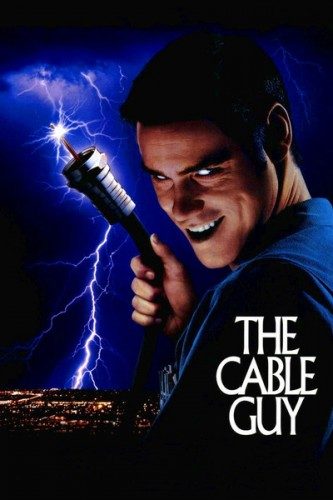Back in the day, if you had cable television, then you were in the running for the coolest kid award. You were able to watch the latest content at its scheduled time. The television seemed filled with cartoons, edgy dramas, and a thousand and one new crimes shows. With the possibility of endless channels and jarring content, everyone wanted a piece of the cable television pie.
As everyone munched on the deliciousness of cable television, the Internet arrived. Everyone still loved cable television. The channels had content that people were willing to pay $64 a month for. But gradually like an old cellphone, cable television became a little more inconvenient. You had to wait to watch the show you wanted. Sure, there was Tivo and Replay TV, but it wasn’t like having on-demand television. In the meantime, people fiddled around on the Internet to pass the time as they waited.
Over time, businesses kept trying to figure out a way to please more customers. In front of them, they had the simple facts. People like being entertained, people like having control of their entertainment, and people like the convenience of the Internet. As time passed, Netflix, Hulu, and Amazon Prime solidified their position as the kings of streaming. For a small monthly fee of $8 a month, you could watch your content whenever you wanted.
In 2011, services like Netflix continued their goals of pleasing their customers when they started creating original programming. Customers could watch award winning original shows from the comfort of their streaming platform. As the streaming services continued gaining more customers from diverse demographics, cable television struggled to retain its clients.
Cable television no longer had the exclusivity of fresh content. People’s lives started revolving around the Internet. Coming home and waiting to watch your favorite TV show or having to DVR your favorite programs, no longer was as appealing.
The desirability of streaming services killed cable television. People are opting to have DIY subscriptions and streaming. Why pay for excess channels when you don’t have to? More and more future customers are being born into our technological era where streaming is the way to watch television. Nowadays, waiting to watch a show on cable tv is too old school.

